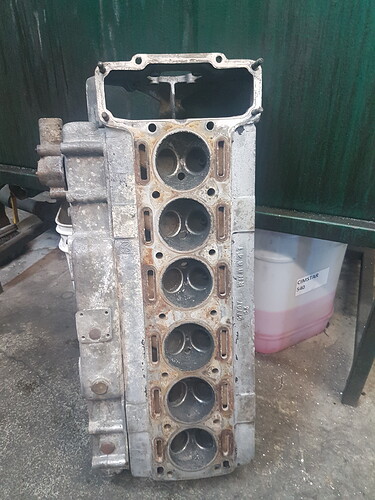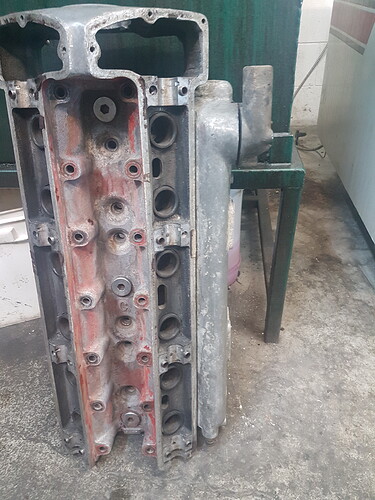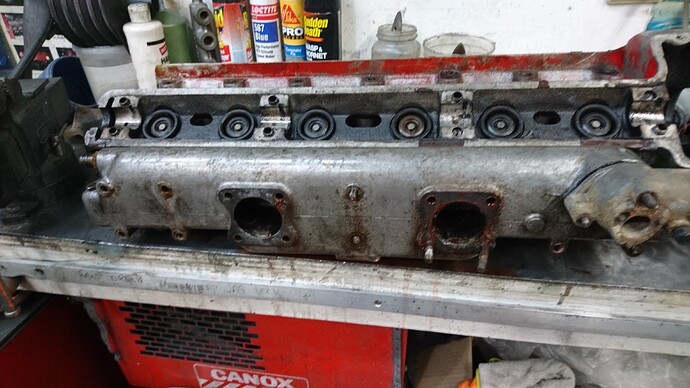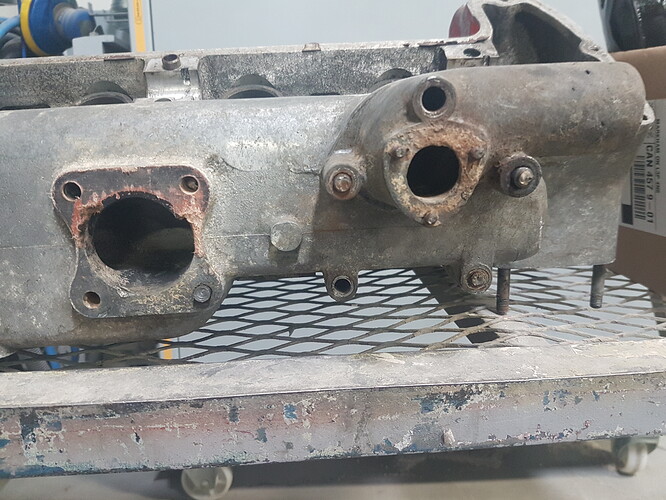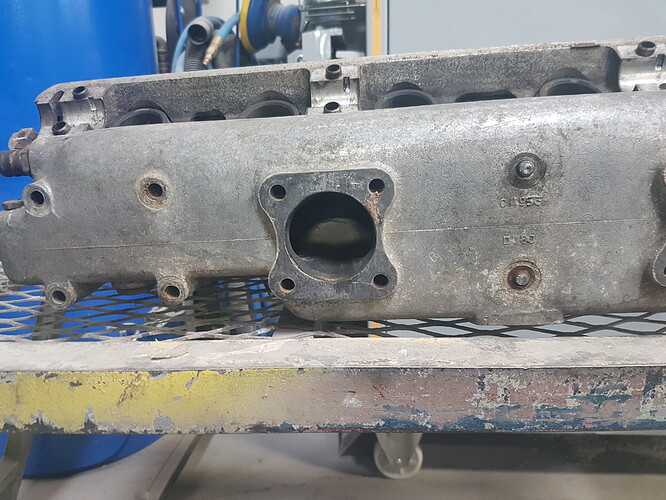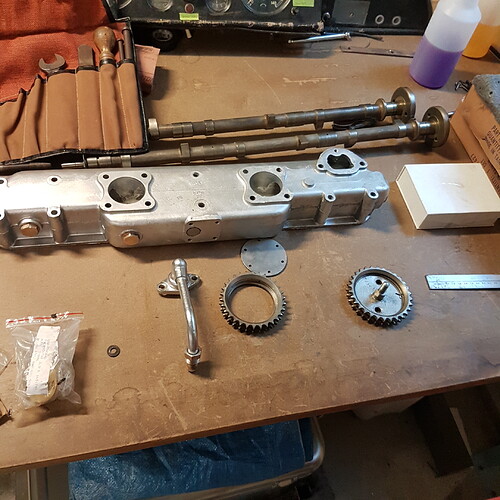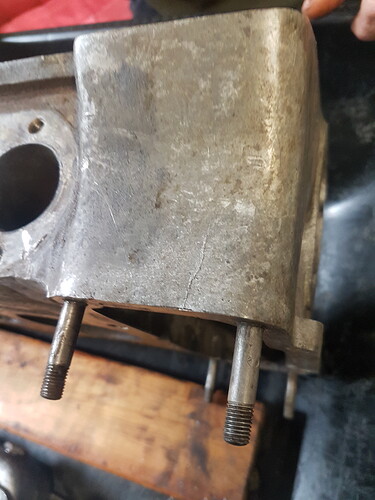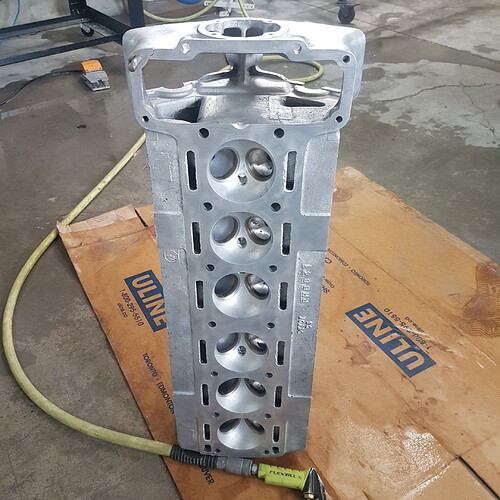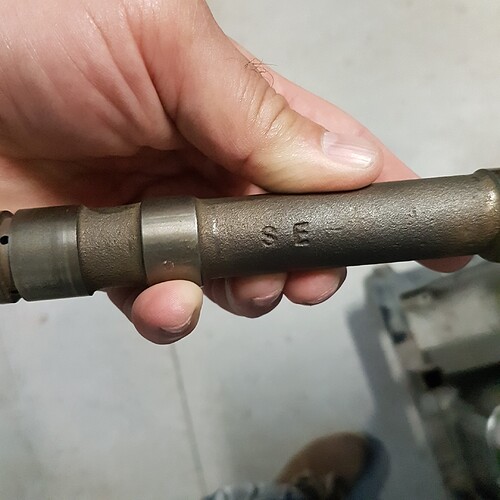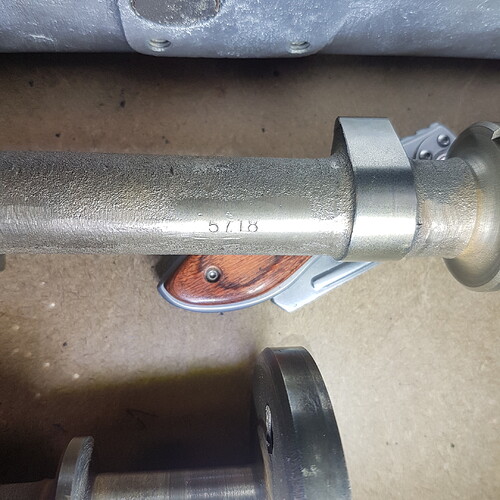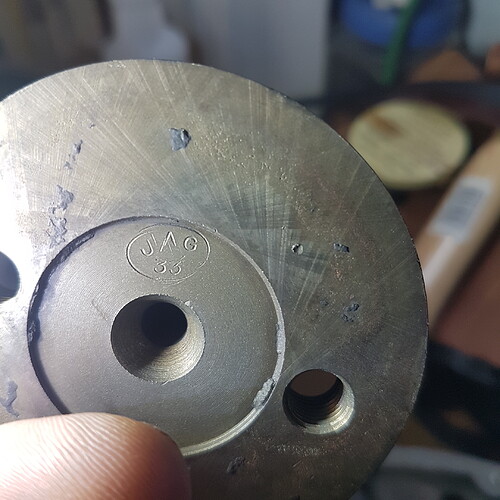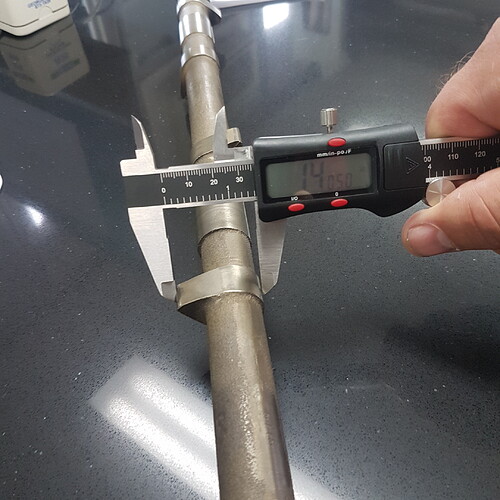Hi all, my new problem is getting the inlet manifold off the cylinder head it was put in the hot tank 2 times already . any ideas or new ways of getting this off with out ruining the the parts.
Kevin
The worst one I ever had, after trying everything, I got off by using an Oxy?Acet torch to heat all the studs. It almost fell off.
Rob
I have been known to resort to hammering in plastic wedges.
How many studs are remaining? Are some broke off?
I once did a C head. One stud would not come out with the double nut method. I think I broke it. I rigged up the manifold on a crane with the weight of the head suspended under it. Then a couple weeks of penetrating oil every day. Then the oxy/acetylene torch, and it finally dropped off.
Unfortunately there are a few broken bolts Rob , Thanks gentlemen it’s great to hear that it is possible to heat it off and that others have achieved doing so. I am thinking this job is worth doing a video , Just one more challenge and I am sure it’s not going to be the last . Thanks again for the inperation.
Kevin
I think the heat breaks the rust bond on the studs, and softens sealants used on the face.
Rob
Good morning all its got 4 broken bolts on the inlet and 3 on the water elbow. the fun starts . Kevin
. Can you take a measurement of the freeze plug at the rear? There are some other tell-tail details, but let’s start there.
Thank you!
hope this helps it is 1/1/4"
Kevin
The C4953 intake is used on the later XK120 and the C-type, the difference between the garden variety XK120 and the C-type manifold is all the modifications that were done. I see those modifications on your intake!
I have a NOS C-type intake manifold and it looks the same. You have 2" tapered intakes, no air cleaner bosses on the top, plugged starting carburetor port, and larger freeze plug at the rear. 1 1/4".
You will also have larger water-jacket holes and larger intake to head ports. The balance hole inside the manifold between the two banks will also be larger, that is why the freeze plug is larger at the back. They needed the extra room to get a long auger bit down in there to open it up.
This is a very rare part! Be carful with it.
